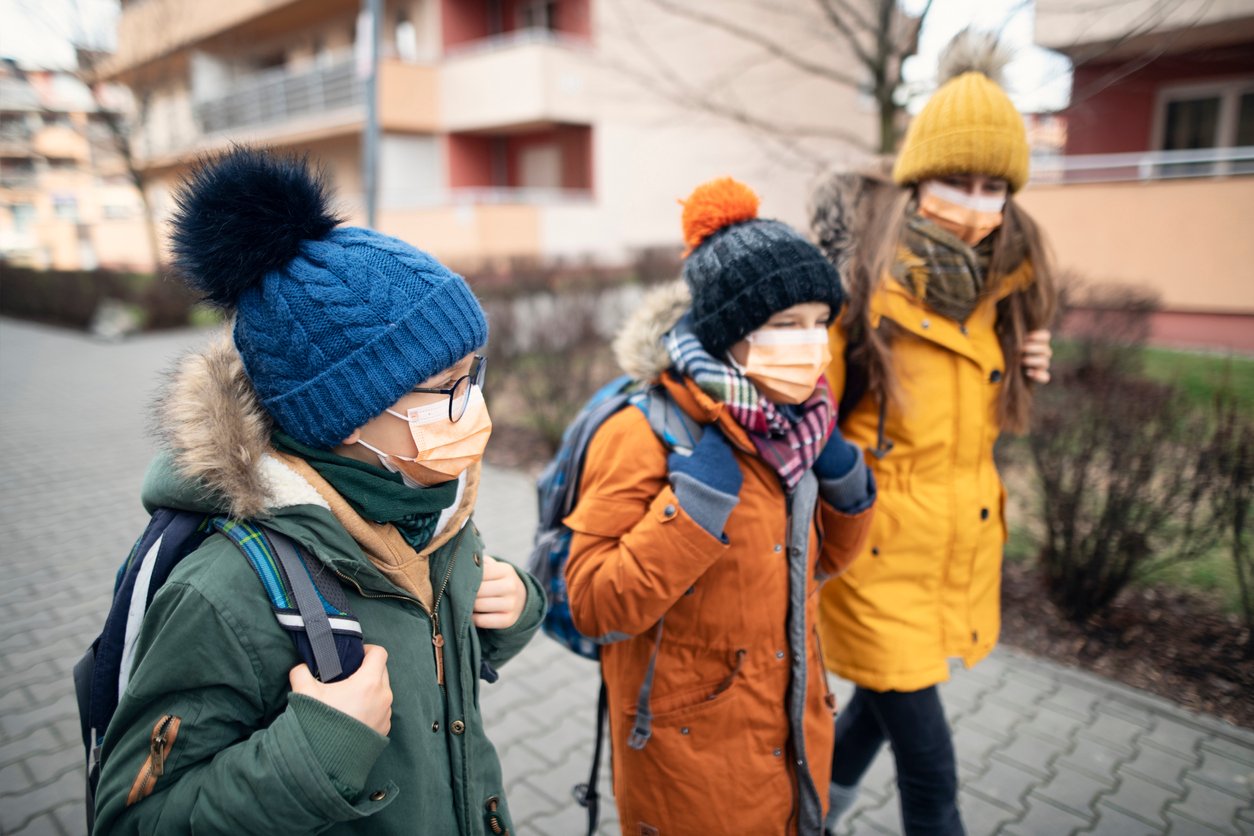
It’s the most wonderful time of the year. If you are a certain age you may remember a television campaign featuring joyful parents riding through the aisles on shopping carts to the sounds of the Andy Williams holiday classic, gathering back-to-school supplies in a big box store. Kids returning to classes was a cause for celebration! School was the saviour of parental wellbeing; freedom from your kids was in sight.
That was a different time.
School in the age of COVID is swarming with anxiety. Are my kids safe to return? Will schools be able to remain open? Is online learning effective? How will I get my work done!?! Like so many rituals from our former lives, the return to school has been turned on its head. Rather than breathing a collective sigh of relief, parents are now hyperventilating. It’s not just the risk that keeps us up at night, it’s the uncertainty.
In order to help our kids, we need to start by putting on our own oxygen mask first. Children are perceptive. They pick up on our stress and in turn become stressed too, even when we think we have successfully internalized our feelings. Furthermore, when parents’ are strained with worries, they have less bandwidth to manage their own behaviour, promote physical activity or curb screen time. Share with your child, in age appropriate language, about what you do when feelings of anxiety start to rise and together you can practice the following three strategies, based on recommendations from the World Health Organization.
Changes in routine and overriding uncertainty can trigger feelings of helplessness, fear or even anger. Remind yourself and your children that this is normal and that we are not alone in our feelings. Friends and family are there to listen, and connecting with others boosts our sense of wellbeing. Prioritize family time, but also identify a confidant for yourself, and a trusted adult that your children can turn to in addition to yourself. Look for resources in your community or your workplace, and consider contacting your EAP provider for support.
Step away from the 24-hour news cycle and limit your screen time. By reducing the amount of time you spend consuming news you find upsetting you give yourself an emotional break from worry-triggers. For children and teens, an increase in social media use is associated with a corresponding increase in anxiety, depression and sleeping problems. Let your children know that you are actively reducing your media consumption, and why. Consider implementing screen-free time in your home and plan activities that you can enjoy together instead. Solicit input from your whole family!
Rumours spread on the playground like wildfire, even when kids are socially distanced. This is an excellent time to help your children learn to evaluate their news source. An important life skill! Did they hear something directly from their teacher, or from a friend, of a friend, of a friend? It’s an important reminder for ourselves, too. Gathering facts empowers us to make the best decisions we can for ourselves and our families.
This is not the most wonderful time of the year, and no doubt 2020 will continue to shape-shift, throwing new challenges our way. As children return to a version of their classroom (in person, online or a hybrid), parents will continue to shoulder increased family responsibility. We can, however, help both our children and ourselves to not only manage the stress that COVID 19 has brought, but to develop important skills that we can benefit from for years to come.
